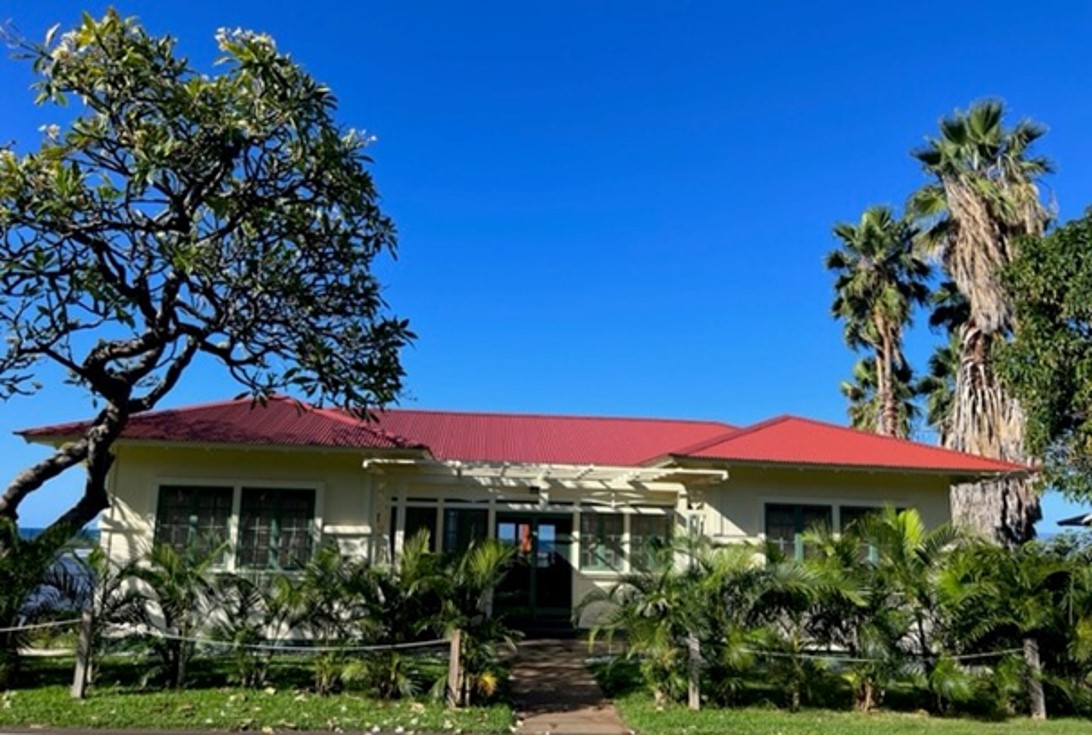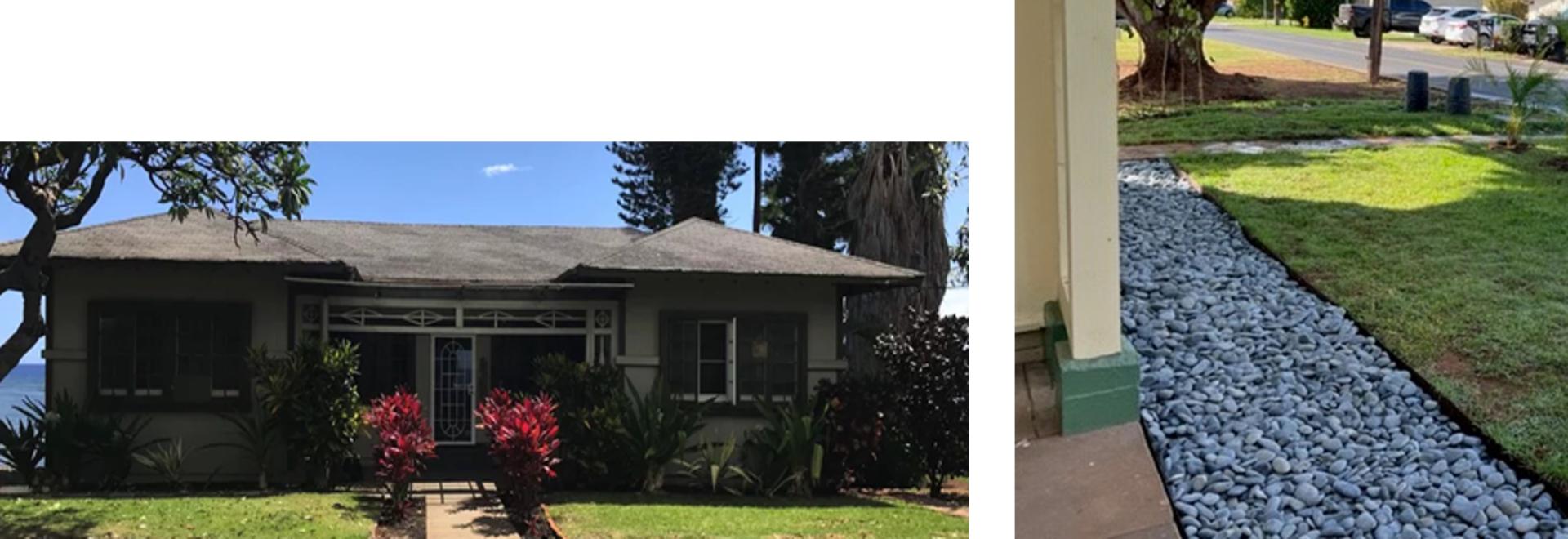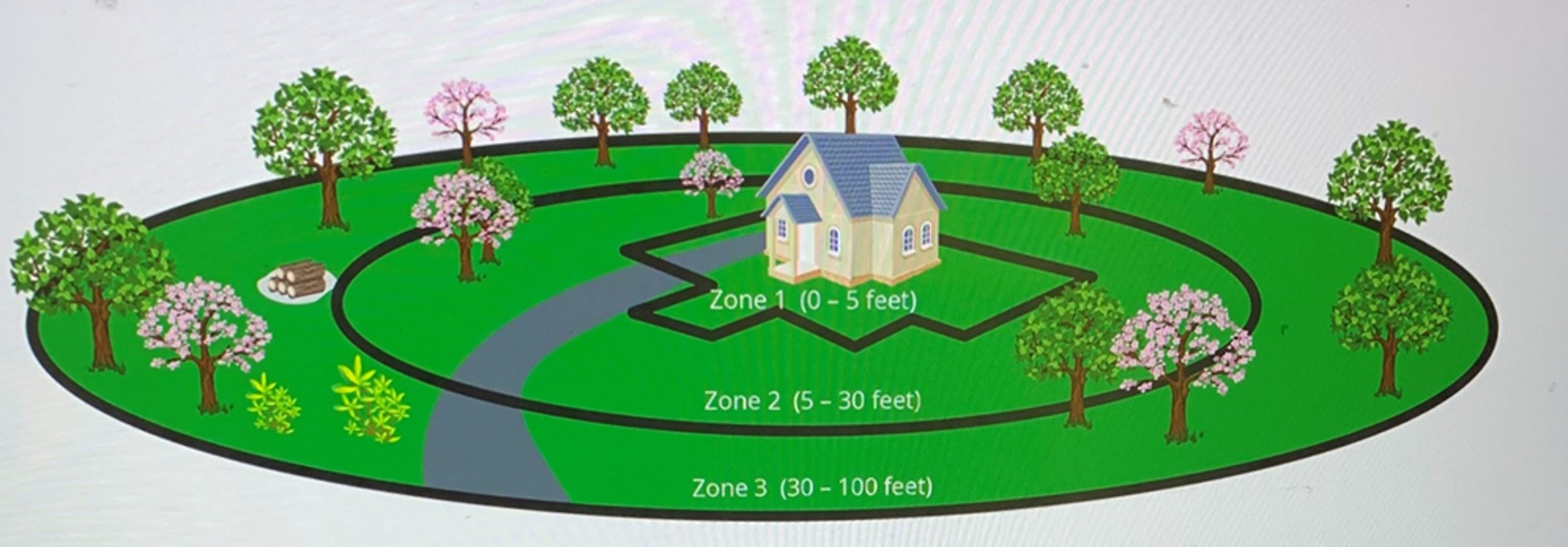MAUI, Hawaii – Embers rained down on the Lahaina home and flames engulfed the surrounding buildings. But when the wildfires were extinguished, the house belonging to Trip and Dora Millikin still stood. Some called it “the miracle house.” The Millikins attributed its survival to the mitigation protections they incorporated when they renovated the home.

In 2021, when they bought the 100-year-old house, the Millikins undertook a major renovation. The main objective was to restore its beauty and incorporate measures to protect it from storms and floodwater. Little did the couple know that their efforts would also protect it from damage caused by the wildfires that devastated the historic West Maui town on Aug. 8, 2023.
“We purchased the home with the idea of putting it on the historic registry,” said Dora Millikin.
The 1,500-square-foot wood-frame home used to be a bookkeeper's home for a nearby sugar plantation.
What did the Millikins do that was surprisingly well-founded?
Five layers of asphalt shingles were removed from the roof and replaced with a 24-gauge metal roof.
“It was chosen for historic purpose and the roof’s lifespan,” Trip Millikin said.
Making a roof “fire-safe” is a big step in reducing the vulnerability of the home to wildfire. There are three fire ratings for roof coverings: Class A, Class B and Class C, with Class A providing the greatest fire protection. Wildfire Home Retrofit Guide (readyforwildfire.org).
Metal roofing is Class A, fire-rated and non-combustible, making it the most fire-resistant. If hot ashes or embers fall on a metal roof, it’s much less likely to catch fire than shingle roofing.
All the foliage surrounding the old house was removed. Trip Millikin dug a 6-inch-deep trench around the house, placed fiberglass cloth to prevent weeds from growing and filled the trench with river rocks.
“There’s a 36- to 40-inch overhang on the roof,” she said. “We didn’t want to ruin the aesthetics of the house. It has a lot of Asian details, so we didn’t add gutters.”
This resulted in a dripline on the ground. The stones were intended to prevent runoff and termite damage, Millikin said.

For aesthetic purpose, we also planted a line of Areca palm trees, which are 8 feet tall. We believe that the heat deflected off it,” Millikin said.
Although they didn’t realize it, the Millikins were well on their way to creating a wildfire mitigation measure known as “defensible space."
Defensible space is an area around a building in which vegetation, debris or other types of combustible fuels have been treated, cleared, or reduced to slow the spread of fire to and from the building.
The following illustration shows the “defensible space” zones with the approximate recommended footage between each.

Zone 1 extends from 0 to 5 feet from buildings, structures, decks, etc. Remove all dead plants, grass, and weeds (vegetation). Zone 2 extends from 5 feet to 30 feet from buildings, structures, decks, etc. Cut or mow annual grass down to a maximum height of 4 inches. Create horizontal space between shrubs and trees. Zone 3 extends from 30 feet to 100 feet.
The Millikins executed wildfire mitigation activities in Zone 1 and Zone 2.
Recommendations for defensible space suggest maintaining an area extending at least 30 feet outward from a house, with plants that are low in flammability. The movement of a wildfire is controlled primarily by the flammability of the plants that are present and how those plants are arranged, both vertically and horizontally.
Planting “the right plant in the right place” is important in landscaping, and it can influence plant flammability. The moisture content of leaves and branches is the single most important factor influencing the flammability of individual plants. Circular 1/FR147: Fire in the Wildland-Urban Interface: Selecting and Maintaining Firewise Plants for Landscaping (ufl.edu). Areca palm trees were planted in Zone 2. These palms are considered fire retardant.

Wildfires can happen anywhere, at any time. Risks are greater when there is little or no rainfall. Trees, bushes, and grasses become very dry and easier to burn. High winds can be considered the culprit in the spread of wildfires. BE PREPARED FOR A WILDFIRE (ready.gov)
For additional information, visit:

